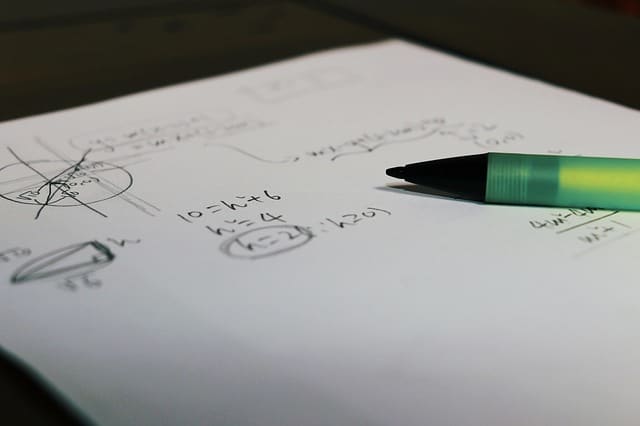
The Cartesian product reflects an order relationship between two sets, appearing as a third set.
Before entering fully into the establishment of the Cartesian product meaning, it is necessary that we proceed to determine the etymological origin of the two words that give it shape:
-Product derives from Latin, from “productus”, which is equivalent to “produced” and is the result of the sum of the prefix “pro-”, synonymous with “forward”, and the adjective “ductus”, which can be translated as "guided".
-Cartesian, for its part, from “Cartesius” which was the Latin name of the French philosopher René Descartes, who was the one who gave shape to Cartesianism or Cartesian dualism. This doctrine or ideology established, among many other things, that the human being was composed of two substances: the extensive and the thinking.
What is the Cartesian product
The notion of Cartesian product is used in the field of mathematics , more precisely in the field of algebra . The Cartesian product reveals an order relationship between two sets , constituting itself as a third set.
The Cartesian product of a set A and a set B is the set consisting of all the ordered pairs that have a first component in A and a second component in B.
An example
Let's see an example . If set A is made up of elements 3 , 5 , 7 and 9 , while set B contains elements m and r , the Cartesian product of both sets is the following:
A x B = {(3,m), (3,r), (5, m), (5,r), (7,m), (7,r), (9,r), (9, r)}
The Cartesian product, therefore, is formed by all ordered pairs that can be formed from two certain sets . Each ordered pair is made up of two elements: the first element belongs to one set and the second element belongs to the other. If we continue with our example, in the ordered pair (3,m) , 3 is the first element (corresponding to set A ) and m is the second element (belonging to set B ).

The notion of Cartesian product is used in algebra.
Types of cases of the Cartesian product
It is important to establish, in addition to everything stated above, that when we talk about Cartesian products we have to refer to two cases or types of possible generalizations. Thus, on the one hand, there is the so-called finite case, which is one that starts from a finite number of sets (A1, A2, A3...An). Likewise, its Cartesian product would be the group of numbered lists whose element is in A1, the second in A2...
The infinite case would be one in which, starting from a large family of sets with all infinite probability and of an arbitrary nature, when defining the relevant Cartesian product, what is the definition of the aforementioned numbered lists would be replaced by another.
finite number of sets
Suppose that, in a house, there are three people ( Carlos , Juan and Antonia ) and two books ( Hopscotch and One Hundred Years of Solitude ). The Cartesian product of both sets (people and books ) will be formed by all possible distributions of literary works among individuals.
P x L = {(Carlos, Hopscotch), (Carlos, One Hundred Years of Solitude), (Juan, Hopscotch), (Juan, One Hundred Years of Solitude), (Antonia, Hopscotch), (Antonia, One Hundred Years of Solitude)}
This information can be helpful in creating an organizational chart that specifies how the two books will be distributed so that everyone has the opportunity to read them at some point.
